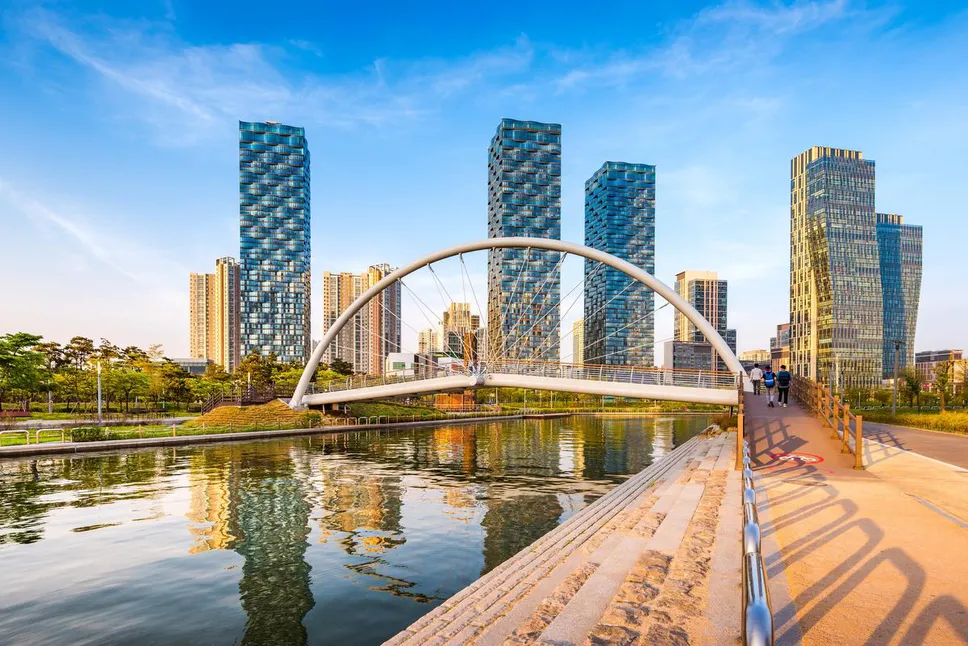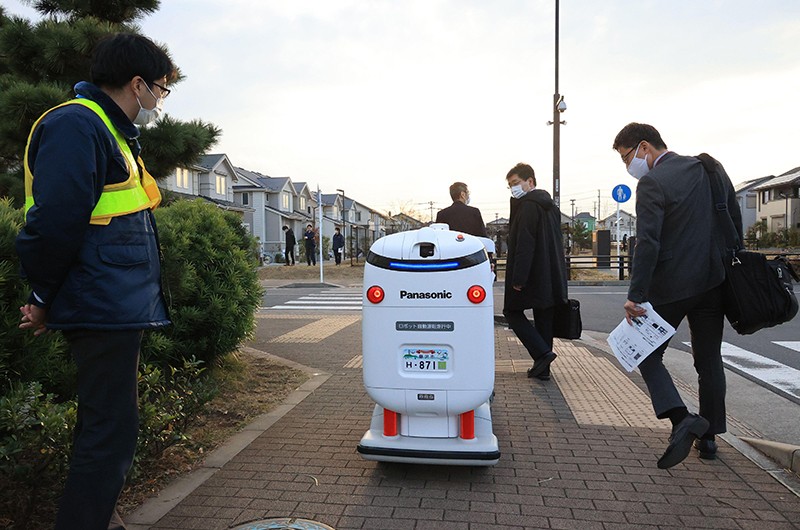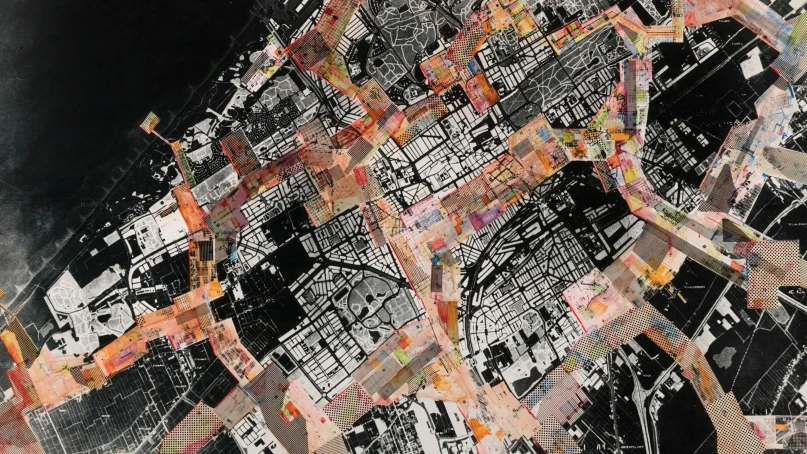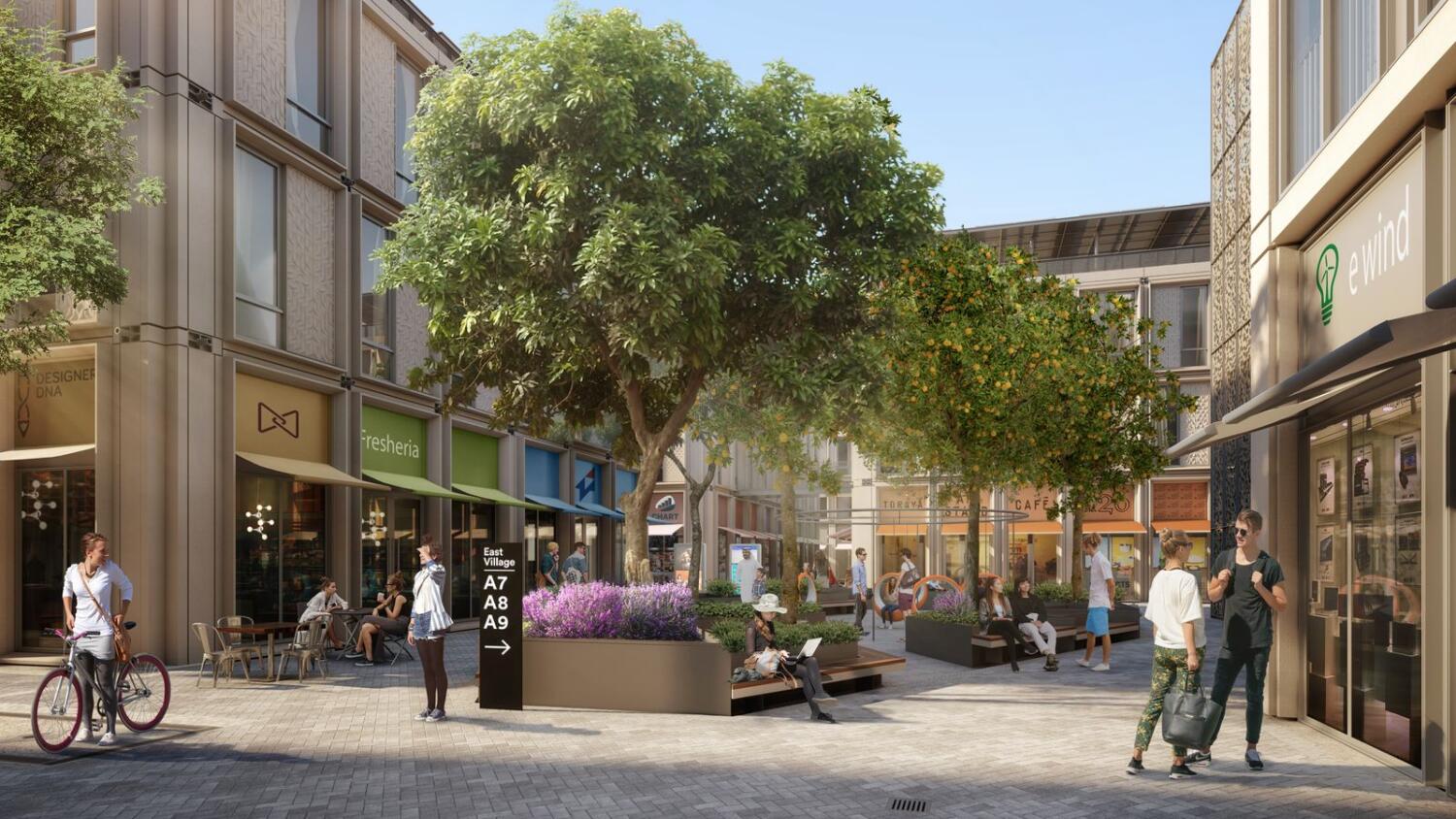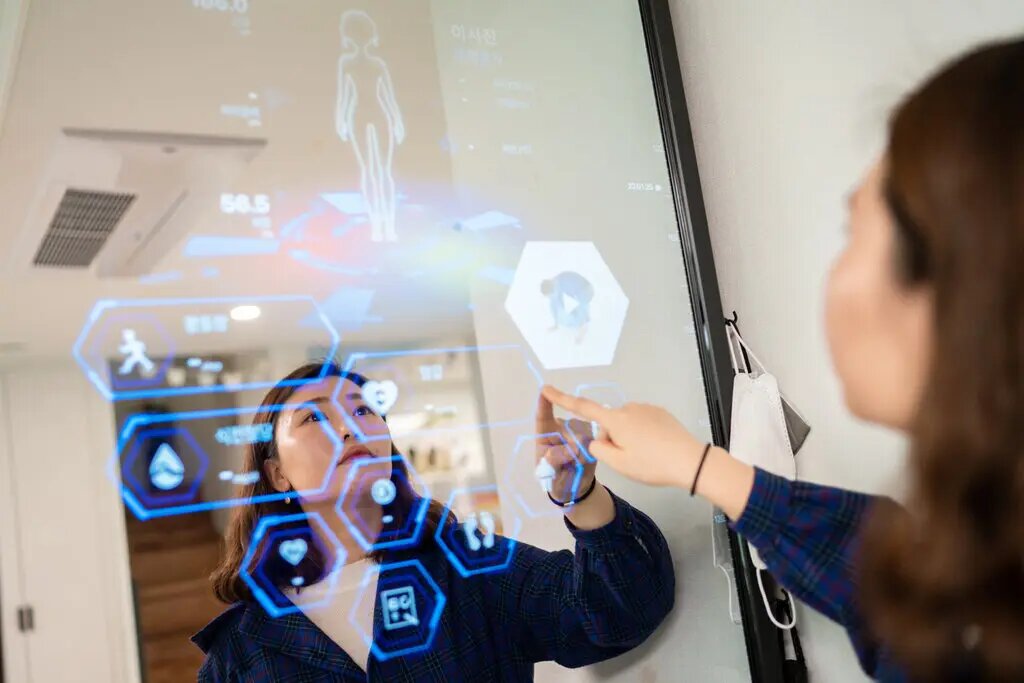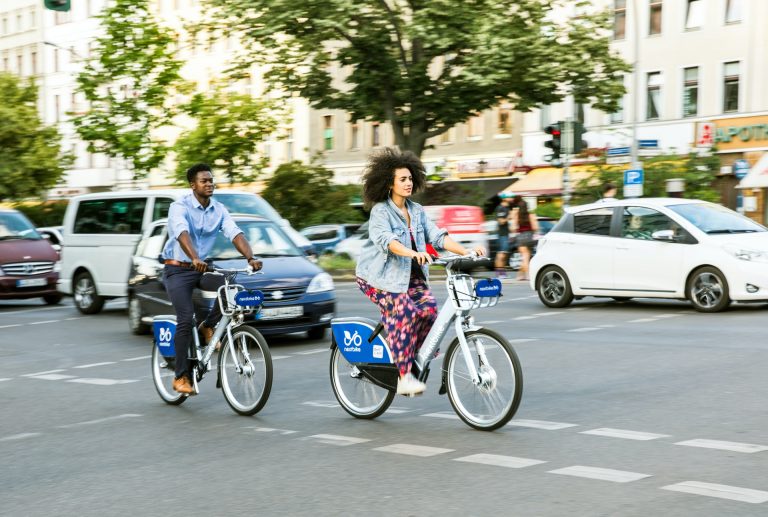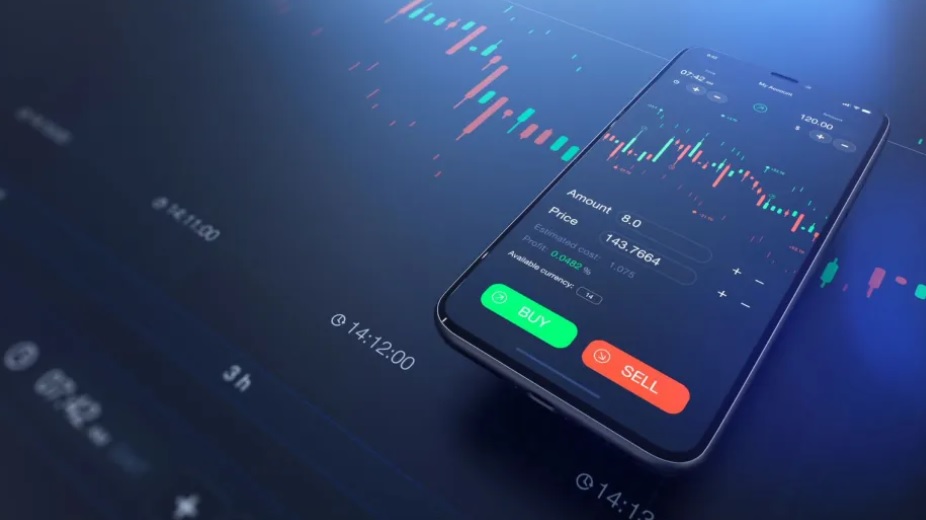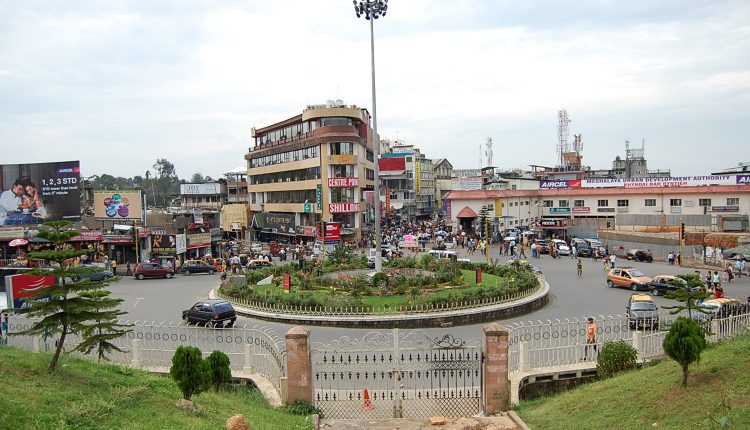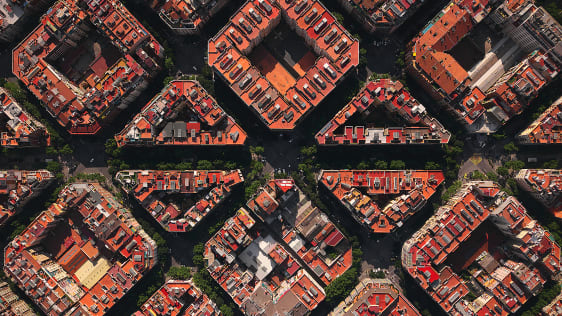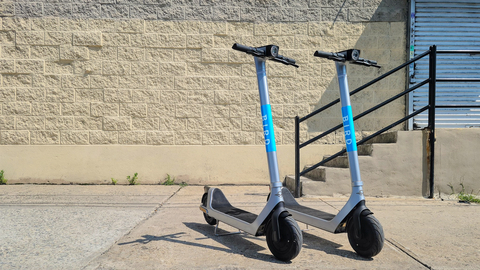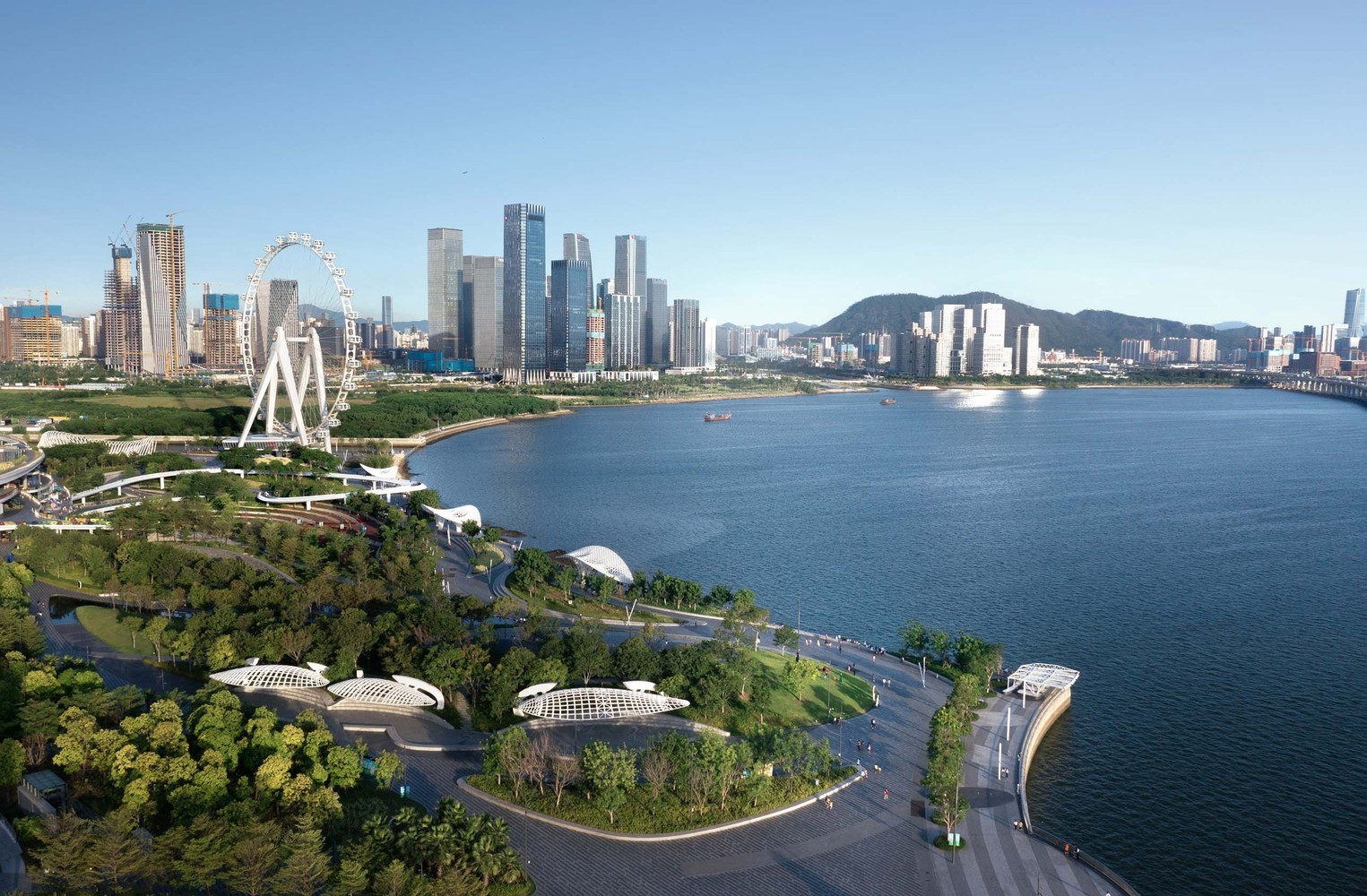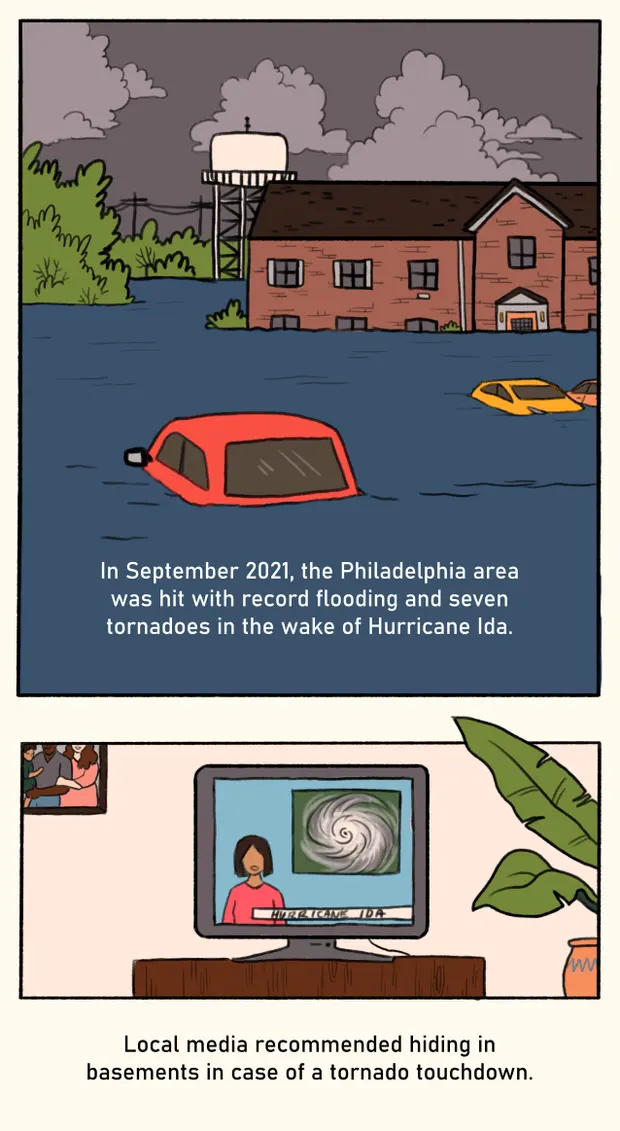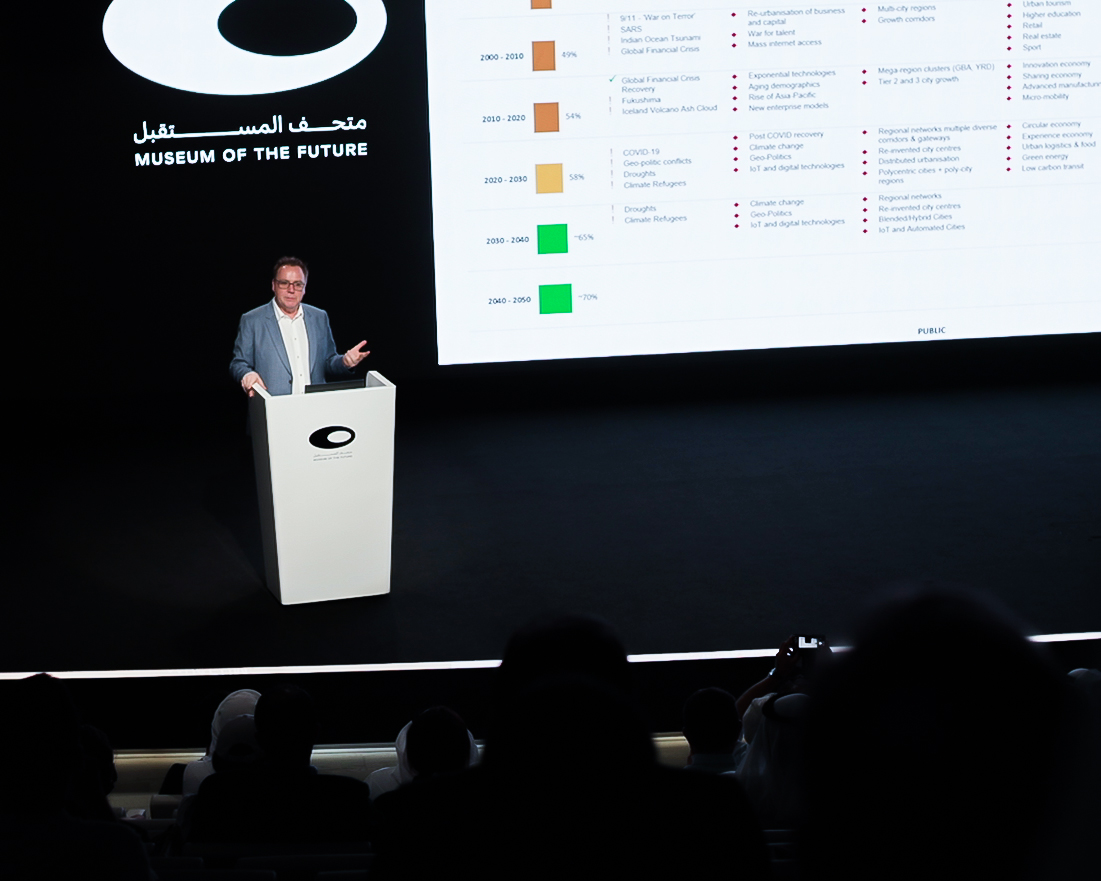
What would have you thought if someone told you 20 years ago that the Smart City of the future would include talkative trash bins, streetlights that automatically “guide you home,” or hundreds of on-street parking spots across the city that come with an electric vehicle charging station?
As crazy as it would have sounded many years ago, Smart City technology is becoming part of our urban landscape. Cities like Prague, Manchester, or Melbourne use smart trash bins that notify (“talk to”) waste collection centers when they are full and ready for collection. Connected streetlights that automatically dim on and off according to actual lighting demands have become a reality in Miami, Edinburgh, and Jakarta. Citizens of Los Angeles, Hamburg, and Beijing can charge their electric vehicles while parked on the street.
Despite these advances, global Smart City development in 2021 is at an infant level, with billions of people living in urban areas not having access to many of these solutions. And cities are at significantly different stages of Smart City development. A previous IoT Analytics’ report observed that the number of deployed Smart City use cases varies significantly with some cities having deployed 30 of the 31 use cases while the global average of all surveyed cities is 16 use cases deployed per city (See The top 10 Smart City use cases that are being prioritized now and Smart City Use Cases & Technology Adoption Report 2020).
+INFO: IoT Analytics




